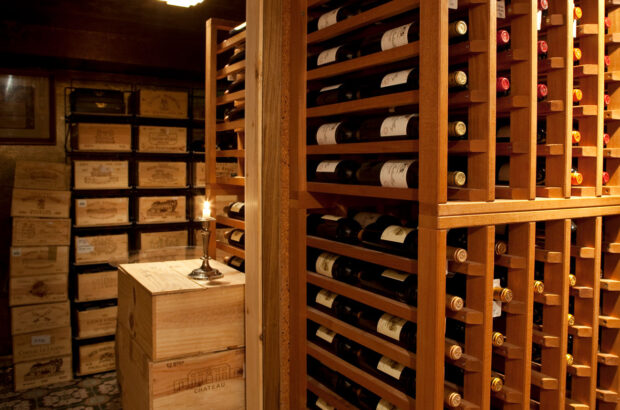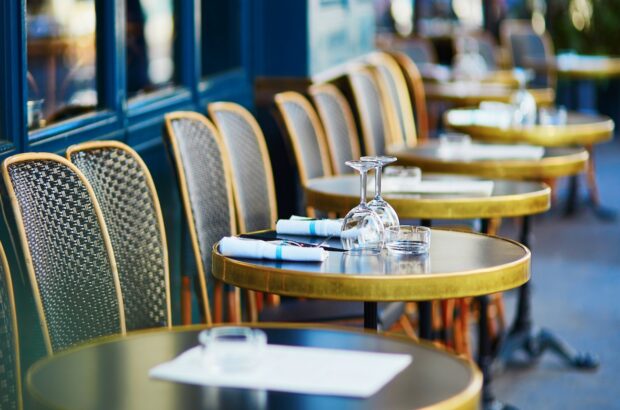Andrew Jefford meets two pioneers of international varieties in northern Catalonia.
One of the most beautiful and celebrated poems in the Spanish poet Antonio Machado’s ‘Proverbios y cantares’ begins
Caminante, son tus huellas
el camino y nada mas;
Caminante, no hay camino,
se hace camino al andar.
Wanderer, your tracks
are the path and nothing more;
Wanderer, there is no path,
make your path by going further.
Few poems could be more appropriate for those planting a new vineyard where none has been before. There is no tradition, no ‘path’ to fall back on. The footsteps are the vines, and the path is a track through time which begins when the vines are planted.
Back in 2003, hoteliers and winegrowers Marc and Emma Bournazeau-Florensa first planted their property, called Terra Remota, in northern Empordà, though they had owned it since 1989. Since they were very conscious that it was a journey of discovery, they chose to call three of the key wines Camino (this is the main red wine), Caminito (rosé) and Caminante (white). The names are a little confusing — until you remember the poem. Perhaps they should print it on the back label.
The couple had formerly owned Ch St Roch, just over the border in Roussillon; Machado’s work was familiar to them not least because he died in exile in Collioure during the Spanish Civil War, and is buried in Collioure cemetery. St Roch was subsequently sold to Jean-Marc Lafage — whose work I will touch on next week — since the couple wanted the excitement of a new path in wine, and the chance to create something out of nothing. (The Florensa family are also part-owners of the Apalta winery Viña Las Niñas, another ‘new path’.)
The soils are granite, and although it’s a warm zone the tramontana wind from the north helps freshen and cool the site; the natural pH of the wines is unusually low, and their (French) winemaker Edith Soler, formerly at Sieur d’Arques in Limoux, says that acid adjustment is never necessary. The team chose to plant a mixture of classic varieties: some Garnatxa and Tempranillo but Syrah too, and Chardonnay, Garnatxa Blanca and Chenin Blanc for the whites.
Nor are they the only ‘wanderers’ of this sort in Empordà. Down in the south of the zone, the Clos d’Agon vineyard near to Calonges was planted a few years earlier, initially by Philippe d’Ambois and Daniela Bagon, a Franco-Belgian couple, back in 1989. D’Ambois had been a friend of Montpellier viticultural professor André Crespy, who advised planting its clay and schist soils with French varieties too: the Viognier came from Ch Grillet, and there is also Roussanne, Marsanne, Merlot, Cabernet Franc, Cabernet Sauvignon, Petit Verdot and Shiraz. The farm, Mas Gil, had formerly been polycultural, in part planted with hybrids, so it was indeed a new start.

Clos d’Agon winemaker Miguel Coronado. Credit: Andrew Jefford.
The first owners sold up in 1998, and the relay was taken over by a Swiss consortium including importers Franz Wermuth and Frank Ebinger, and Silvio Denz of Ch Faugères and Lafaurie-Peyraguey; Peter Sisseck of Pingus and other properties consults, and the enthusiastic young winemaker is Miguel Coronado. Although both Terra Remota and Clos d’Agon lie in Empordà, neither uses the DO name – since some of the vine varieties are unauthorised.
Tasting notes for a selection of wines from each are given below. To my surprise, the whites in general seem more impressive than the reds at both properties, but this may change with time.
One of the challenges of forging a new wine-growing path, after all, is that by definition you will begin with young vines — and most of the greatest wines of Catalonia, and in particular its reds, are built on a patrimony of old vines. It also takes time to understand which varieties might respond best to these discovered surroundings — and to learn the slow lessons of the market. All of this learning process is underway, as Machado understood, in the only way possible: “by going further”.
Tasting the Wanderers’ wines:
Read more Andrew Jefford columns on Decanter.com here
Recent articles published online exclusively for Premium subscribers:
Good value red Burgundy: 32 wines to seek out
What’s hot in Adelaide Hills: New styles and wines to try







